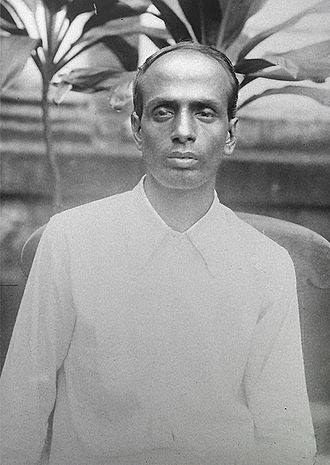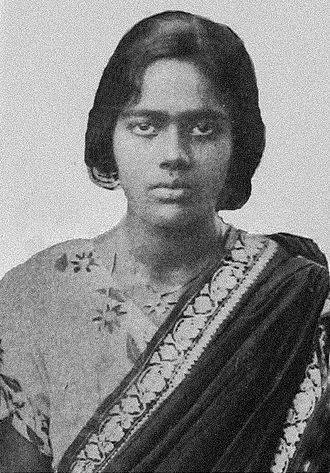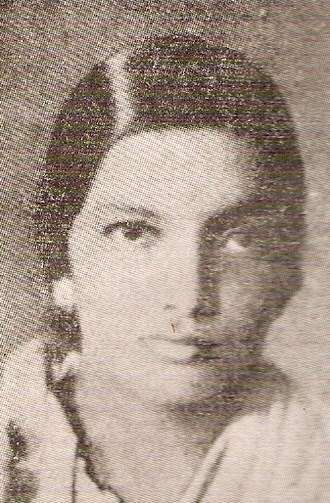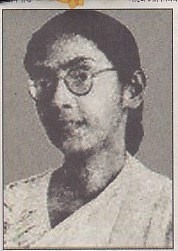( Written on the Occasion of 125th Birth Anniversary of Masterda Surya Sen )

Today is the 125th Birth Anniversary of Masterda Surya Sen, one of the greatest patriots this country has seen. Masterda, as he was lovingly called since he taught Mathematics in a school, led a group of revolutionaries on 18 April 1930 to raid the armoury of police and auxiliary forces in Chittagong. They seized arms from the armoury as well as destroyed the entire communication system of the city – telegraph and railway, and thus cut off Chittagong from the rest of British India. The Indian Flag was hoisted at the armoury. In the ensuing fight 12 Revolutionaries died and many were arrested. Masterda who had managed to escape was finally arrested 3 years later and was hanged on 12th January 1934, which in a remarkable coincidence happened to be Swami Vivekananda’s Birthday. The Swami’s exhortations to youth for of selfless service and sacrifice were a deep source of inspiration for the revolutionaries of that era, and staple reading for all at the Anushilan Samity, the mother-organization and umbrella-network of all the ‘Biplobis’ (Revolutionaries) in Bengal, to which Masterda too belonged.

Many of Masterda’s proteges became legendary in public memory. Foremost among them, as far as achieving an iconic status in after-life is concerned, was of course Pritilata Waddedar, who consumed cyanide and died at the age of 21 in another action in 1932, directed by Masterda himself, of torching a European Club which used to display a signboard (“Dogs and Indians not allowed”). Pritilata held Rani Lakshmibai of Jhansi as her key inspiration during her growing up years in Chittagong. After her intermediate from Dhaka, she had enrolled at Bethune College Calcutta as a student in philosophy which she passed with distinction. Incidentally the Calcutta University degree of Pritilata, over which she should have got a rightful claim, was withheld for 80 years until the University released it in 2012.

The other young girl disciple of Masterda’s circuit was Kalpana Datta. She was only 17 when she came in touch with Masterda. After playing a crucial role in the Armoury Raid she was arrested later and sentenced to 6 years in the Cellular Jail (Andaman) and released in 1939. After her release, like most Bengal revolutionaries, she joined the Communist Party and married the then young and charismatic Party General Secretary – a Kumaoni from Almora – Puran Chandra Joshi. Made the General Secretary at the age of 28, Joshi developed the Party in his tenure from 1935 to 1947 but was sidelined after that. He was instrumental in building the cultural fronts of the Party like the IPTA (Indian People’s Theatre Assoication) which attracted and on-boarded sensitive young artists, writers, and cultural workers (particularly in Bengal and to a lesser extent in Bombay) in years following the WWII and Bengal Famine. The daughter-in-law of Puran-Kalpana, Manini Chatterjee (at present the Resident Editor of The Telegraph based in Delhi), chronicled the Chittagong Movement in form of book, based on which Ashutosh Gowarikar made his film in 2010. The film unfortunately had little to say on Pritilata. A second film which complements the first was made by the NASA Scientist and my senior from IIT Kharagpur, Bedabrata Pain.

The other girl, exactly Pritilata’s age but not directly related to the Chittagong group, whose CU degree too was issued in 2012, was Bina Das. Bina’s father was Beni Madhab Das, who in his role of a teacher at Cuttack’s Ravenshaw Collegiate School, was a key influence on young mind of his pupil Subhas Bose, the Netaji, and has been written about in the latter’s ‘An Indian Pilgrim’. At the 1932 Convocation ceremony of Calcutta University Bina shot bullets (unsuccessfully) at the Governor of Bengal, Sir Stanley Jackson. Bina was arrested and served a 7 year sentence at Cellular Jail. Upon release she participated in the Quit India Movement and served another 3 year of prison sentence then. Wherever I read about Stanley Jackson in this context it only referred to him as Governor of Bengal. Nowhere was his past mentioned. During my early years when I read Neville Cardus (the greatest cricket writer ever) I came to know of a certain F.S. Jackson whose batting gifts and exploits as a player for Cambridge, Yorkshire, and England were described by Cardus in ecstatic terms. F.S. was an Ashes-winning English captain who remarkably played all 20 Test Matches of his career (with five hundreds) only in England as he never wanted to make long voyages to play in Australia. He was, we were told, also responsible for bringing Ranji into the Cambridge team. So I knew FS Jackson, the Cricketer and I knew Stanley Jackson, the Bengal Governor. It was much later that I discovered to my tremendous excitement that the cricketer was the same person who later escaped the bullets of Bina Das that day at the Calcutta University Convocation.
Bina’s later life was quite poignant. Post-independence she worked for girls’ education and women’s causes and was awarded a Padmashri but her last years were lonely. She was found dead in Rishikesh in 1986 and it took a a few days to establish her identity.
On the 125th Birth Anniversary of Masterda Surya Sen I offer my respectful salutations to all these bravehearts. These young women revolutionaries are Bengal’s gift to the country. Each Indian should know their story.
Vinayak Lohani
22nd March 2019
Village : Barkalikapur
Parivaar
24 Parganas (South)
West Bengal